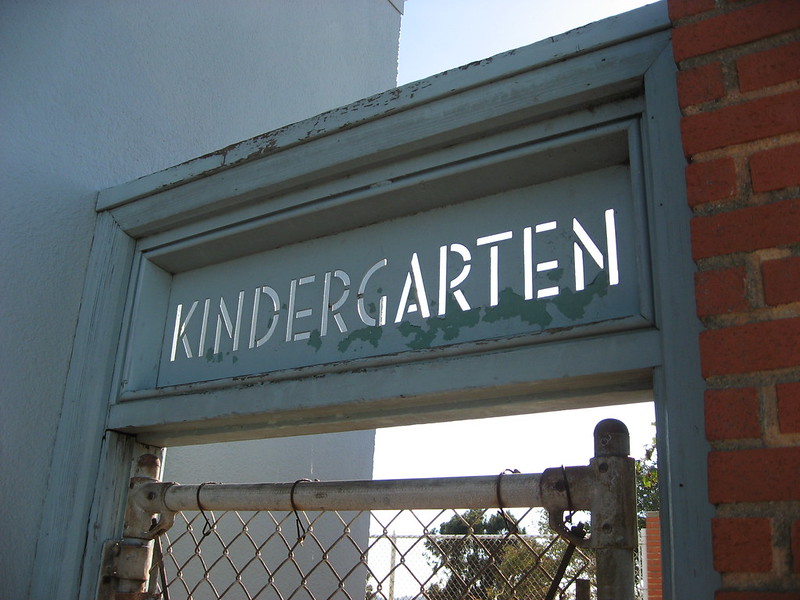
As we’ve seen, many of the things we look to government for today—clean drinking water, waste disposal, public health, fire protection, and so on—became government obligations only in the 19th century. Before the 1800s, it was pretty much everyone for himself. It was more or less the same with education, though at least the idea of free, compulsory public education went back to colonial days.
This notion—that everyone ought to be educated well enough to read and write—began with the Puritans in Massachusetts who thought literacy was important for religion and that cities and towns ought to pay for rudimentary education. (Later on, people like Thomas Jefferson advocated for public education as necessary for democracy and commerce to thrive.)
These ideas did not spread far, though, until the early 1800s, as states in the Northeast and Midwest passed laws requiring taxpayer-supported schools and requiring attendance by every child until age 14. Gradually state after state followed suit, until by the early 20th century, every state had compulsory, tax-supported public education systems.
The results have been dramatic. In 1870, 20 percent of Americans and nearly 80 percent of African Americans told census takers they could not read or write. By the late 1970s, those numbers had been driven down to 0.6 percent of Americans and 1.6 percent of African-Americans. For this enormous accomplishment—the spread of basic literacy to virtually every American—the credit belongs to the public schools.
Much has changed about public education over the years: the establishment of secondary schools (high schools) that followed primary (elementary) schools, the end of schools segregated by gender and race, a wave of school district consolidations following World War II, the rise of testing as a way of measuring educational achievement, the rise of special education for children with disabilities, and the creation of charter schools supported by taxes but operating independently of the school system.
Yet the most important features of public education remain unchanged: They are free to attend and compulsory for children until their teenage years, and government pays for public education through taxes levied at the state and local levels. If you attended a public school or have benefited from having these schools in your community, you can thank government for it.
More information:
https://www.publicschoolreview.com/blog/a-history-of-public-schools
https://en.wikipedia.org/wiki/Compulsory_education
Give the credit to: local governments 30%, state governments 60%, federal government 10%
Photo by throgers licensed under Creative Commons.
[…] examples, the idea of tax-supported public libraries spread slowly, tied to a growing belief in the value of public schools (which were also based on three beliefs: free for students, compulsory for children until […]